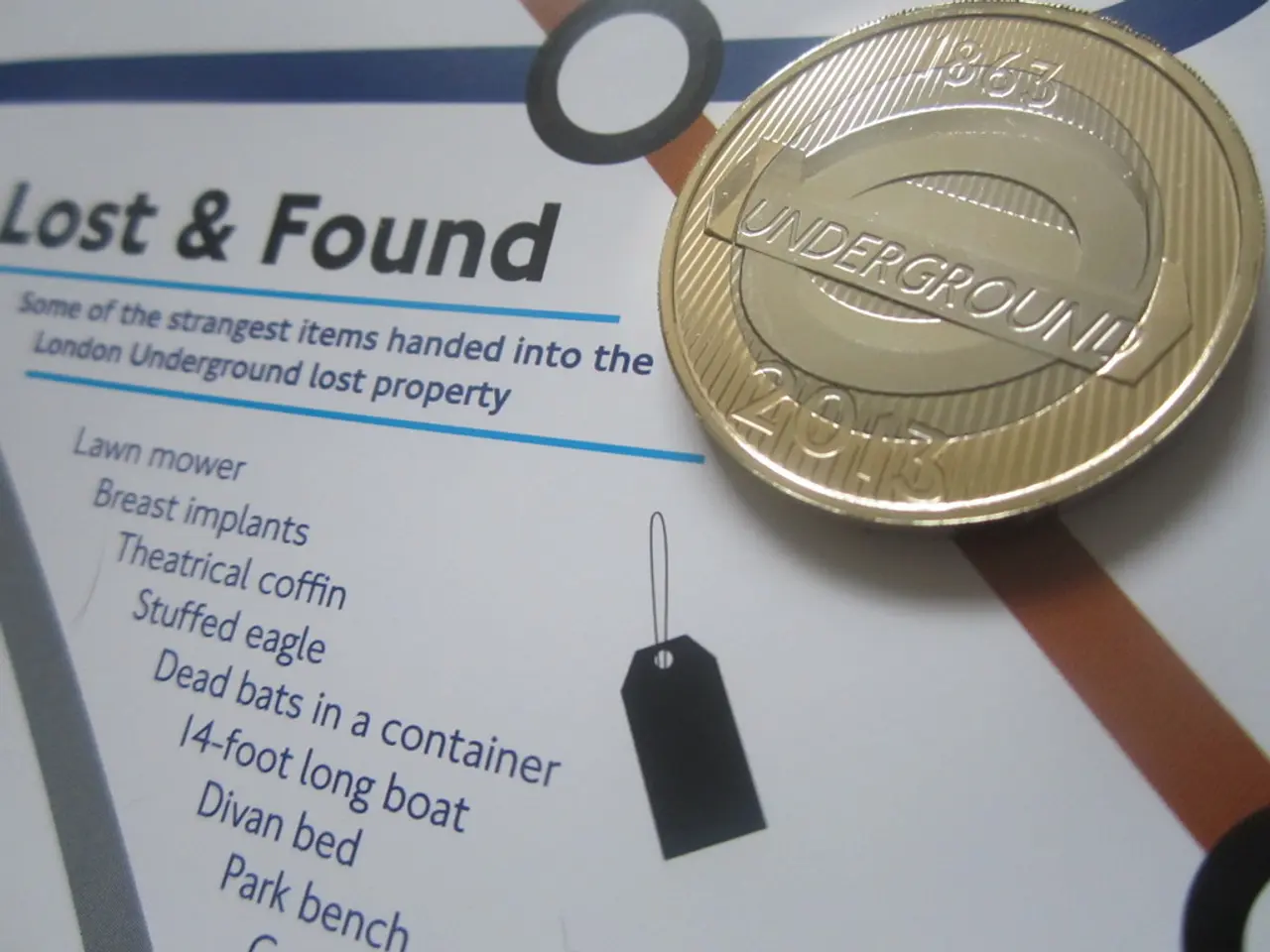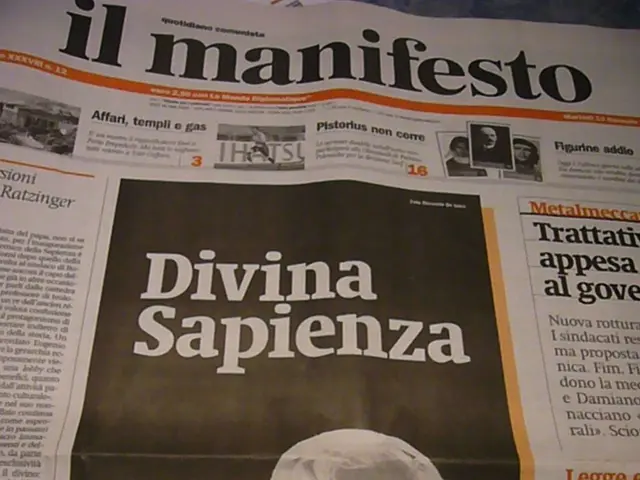Exploring the Historical Roots and Modern Purpose of Money in Our Social Structures
In the early days, trade was conducted through barter, an exchange of goods and services directly. However, this system had its limitations due to the double coincidence of wants [2][3]. To overcome these hurdles, societies moved to commodity money, using items with intrinsic value like cattle, grain, or cowry shells as a medium of exchange [2][3].
The first significant leap came with the invention of coins, first used in Lydia (modern-day Turkey) around 600 BCE. These coins, made from electrum (a gold and silver alloy), were marked by rulers as symbols of legitimacy and standardized value. Coins facilitated trade by being portable, divisible, and durable, standardizing economic transactions [3][2].
Following coins, paper money emerged notably in premodern China during the Tang and Song dynasties (7th–13th centuries). Initially, paper notes were issued by merchants, but by the 12th century, the government took over issuance. By the mid-13th century, paper currency was widely used, thanks to the development of printing technologies like woodblock and movable type [5].
As societies grew, currencies evolved from being backed by commodities (commodity money and metal coins with intrinsic value) to fiat money, which is government-issued currency without intrinsic value but accepted as legal tender by decree [3][5]. This shift allowed greater control over monetary policy and the practicalities of trade.
The most recent stage is the rise of digital currencies, including cryptocurrencies like Bitcoin. These digital-only mediums of exchange radically alter the speed, accessibility, and nature of monetary transactions [1].
Throughout history, the evolution of currency has had profound impacts on societies. The rise of commodity money and coins enabled complex trade networks and specialization of labor, transforming societies from local barter economies to interconnected market economies [2][3]. Paper money and banking institutions facilitated larger-scale economic growth and state power, supporting empires and industrialization [5].
Currency's gradual abstraction from tangible value to fiat and digital forms reflects increasing trust in institutions and technology, affecting societal conceptions of wealth, value, and trust [4]. The control and flow of currency have historically influenced power dynamics, warfare, colonialism, and globalization [1].
Today, fiat money is the dominant form of currency, with most of the world's currencies, including the US dollar and the euro, being fiat currencies [1]. Currency is not just an economic tool; it also plays a significant role in social organization, shaping social hierarchies and power dynamics [1].
Understanding why we use currency allows us to appreciate its profound significance and prepare us to navigate the challenges and opportunities it will bring in an increasingly digital and interconnected world. Currency also reflects cultural identity, as it often bears symbols, figures, and designs that represent a country's values, history, and achievements [1].
References:
- The Evolution of Money - Britannica
- The Origins and Evolution of Money - Britannica
- History of Money - History.com
- The Social Evolution of Money - Science Direct
- The Development of Money in Premodern China - Journal of Economic History
Read also:
- Dual-function mattress offers both cooling and coziness at an affordable price.
- Top-Notch Weed Killers for Fences in 2025: Efficient Boundary Management Solutions for a Clean Fence Line
- Jellyfish invade coastlines, forcing closure of nuclear power plant: jellyfish predicament
- South Pasadena Police Introduce Fully Electric Fleet, Choosing Teslas







